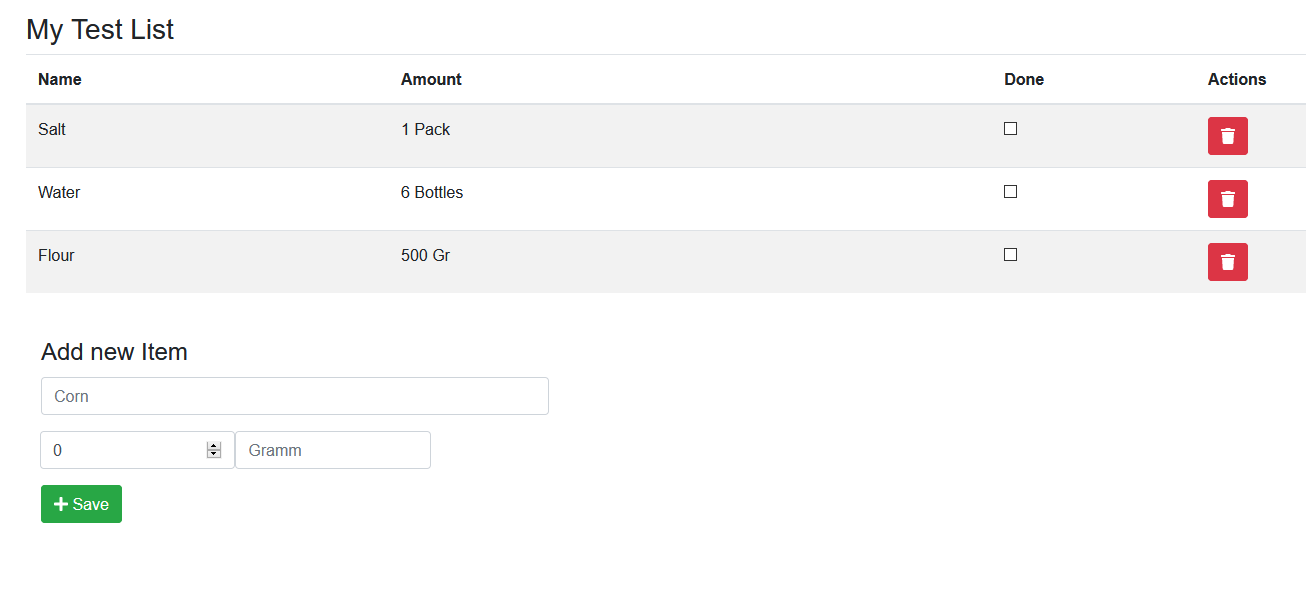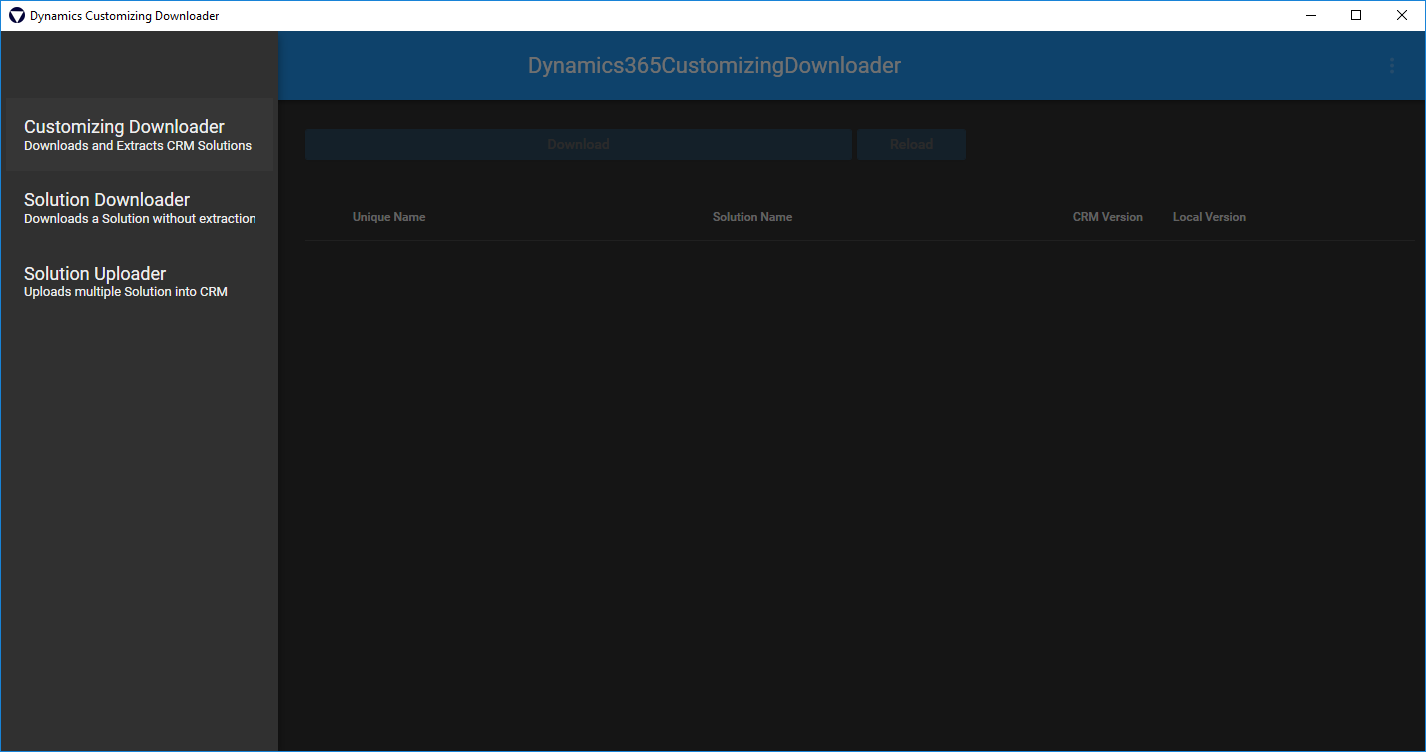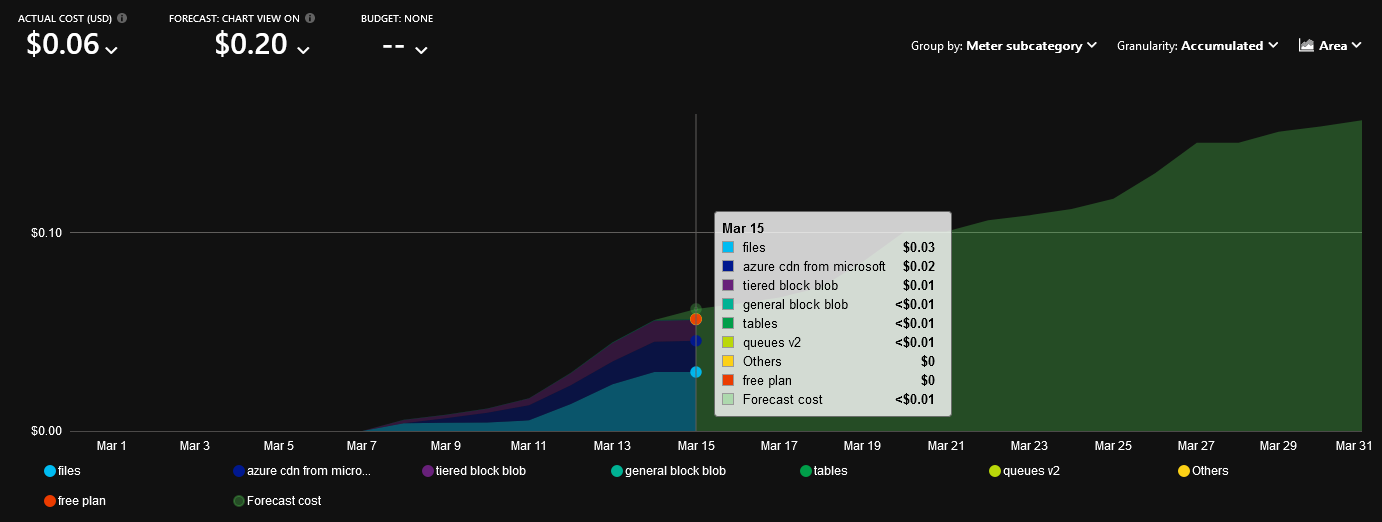Serverless Blog
For my own purpose I developed a serverless blog engine. The Engine uses Azure Functions to render and display the posts.
You can view the blog here.
I published a Blog post which tells a bit more about this.
Azure
Serverless
.NET Core
Azure Service Bus
Azure Functions
Azure Table Storage
Azure Blob Storage
Azure CDN
Serverless Shoppinglist
I created a serverless shopping list for my personal use. This shopping list uses Blazor for the web frontend, the backend is built using Azure Functions and API Management.
Azure AD B2C was used to provide authentication and identity management.
Data is stored in Azure
Table Storage.
Azure Service Bus is used to provide messaging capabilities.
This project isn't fully serverless (yet) as Blazor web assembly was still in preview at the time of writing. It is currently hosted on Azure Web Apps.

Azure
Serverless
Blazor
.NET Core
Azure Service Bus
Azure Functions
Azure SignalR
Azure Table Storage
Azure AD B2C
Azure API Management
OCR SharePoint Extension
Scanned documents have one huge disadvantage ... they can't be indexed by a search engine. If those documents are for example stored in SharePoint you could only search for those using the document name or metadata. But as SharePoint offers also the option
to search for document content, this was a highly requested feature at one of my former customer projects.
Azure
Cognitive Services is providing the capabilities to perform optical character recognition. Using this service we created a .NET Rest API and a SharePoint (TypeScript) extension. The SharePoint extension was used to call
the API and provide the necessary information for the API (blob link for the document using the SharePoint API).
After the API gets triggered by selecting a pdf document form a SharePoint document library, the document was separated into multiple images and set to Azure Cognitive Services. The response was then constructed into a new document and uploaded to the
SharePoint library.

Azure
SharePoint Online
.NET Core
Azure Cognitive Services
Azure Storage
TypeScript
Dynamics365 Customizing Downloader (Archived)
I worked quite a long time with Dynamics365/Dynamics CRM. I was always annoyed by how awful the support for source control and bulk downloading of solutions was. The Solution
Packager was a great tool, but downloading every solution from the Server and extracting it using the packager on the command line wasn't the easiest way, especially for beginners.
So I came up with the idea of creating my own Application which downloads and extracts those. In the end, I had a WPF
application that was able to download, extract and upload solutions from Dynamics CRM.

As I am not working anymore with Dynamics, I do not have the time nor the resources to develop this further. So I had to abandon this project.
This project was a huge chance to learn a lot about WPF, delegates and multi-threading/async.
Dynamics365
WPF
Async
.NET Framework

